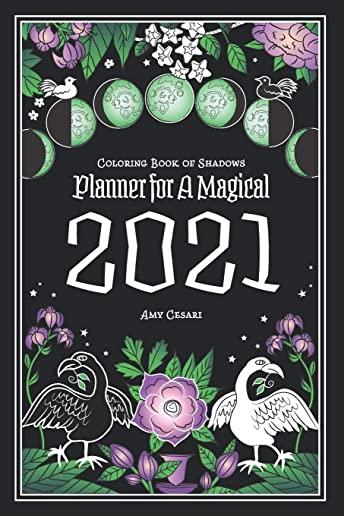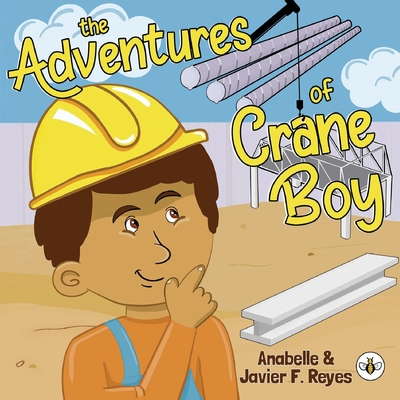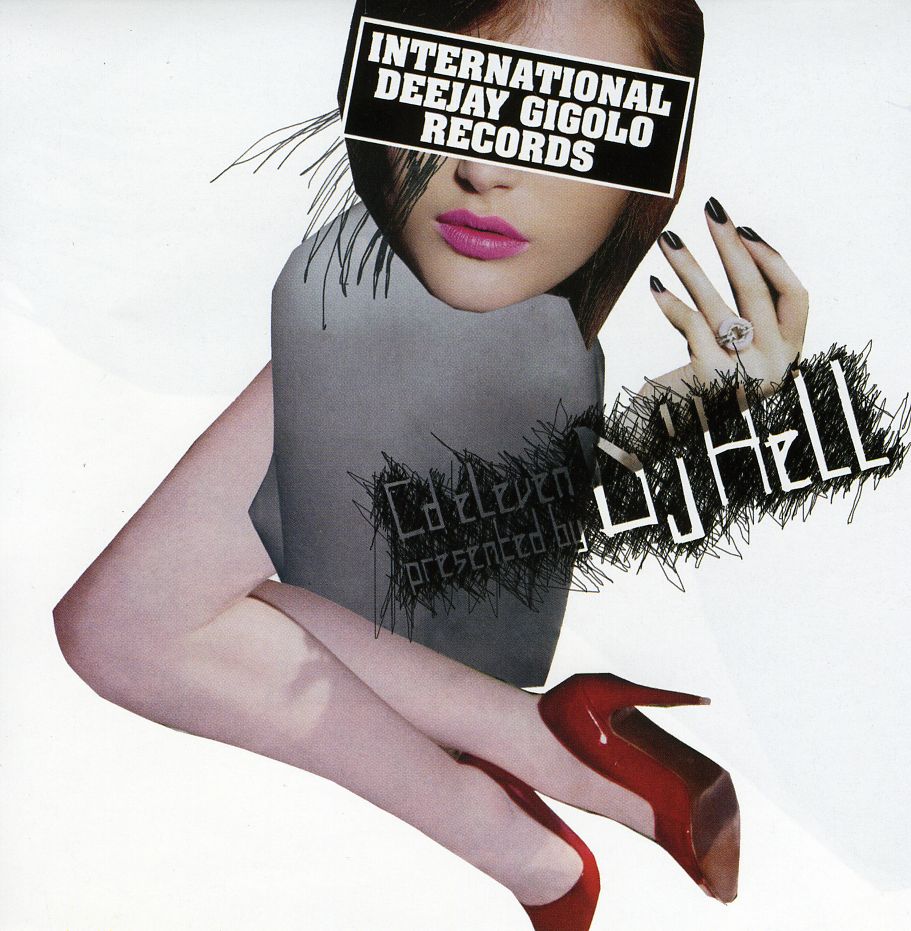
Still life is one of the great traditional art forms. The first still-life photograph was created around 1827, more than a decade before the news of photography's invention was announced in Paris and London in 1839. This volume surveys some of the innovative ways photographers have explored the traditional genre of still life from photography's earliest years to the present day.
The introductory essay is followed by an illuminating sequence and juxtaposition of plates selected from the J. Paul Getty Museum's collection. Still life has served as both a conventional and an experimental form during periods of significant aesthetic and technological change. Illustrating that here are nineteenth-century masterpieces by practitioners such as Hippolyte Bayard and Roger Fenton, twentieth-century examples that include the diverse styles of Baron Adolph de Meyer, Irving Penn, and Edward Weston, and a sampling of contemporary artists, some recalling styles from the past. The current revival of interest in the genre comes as the digital age is transforming the medium.







